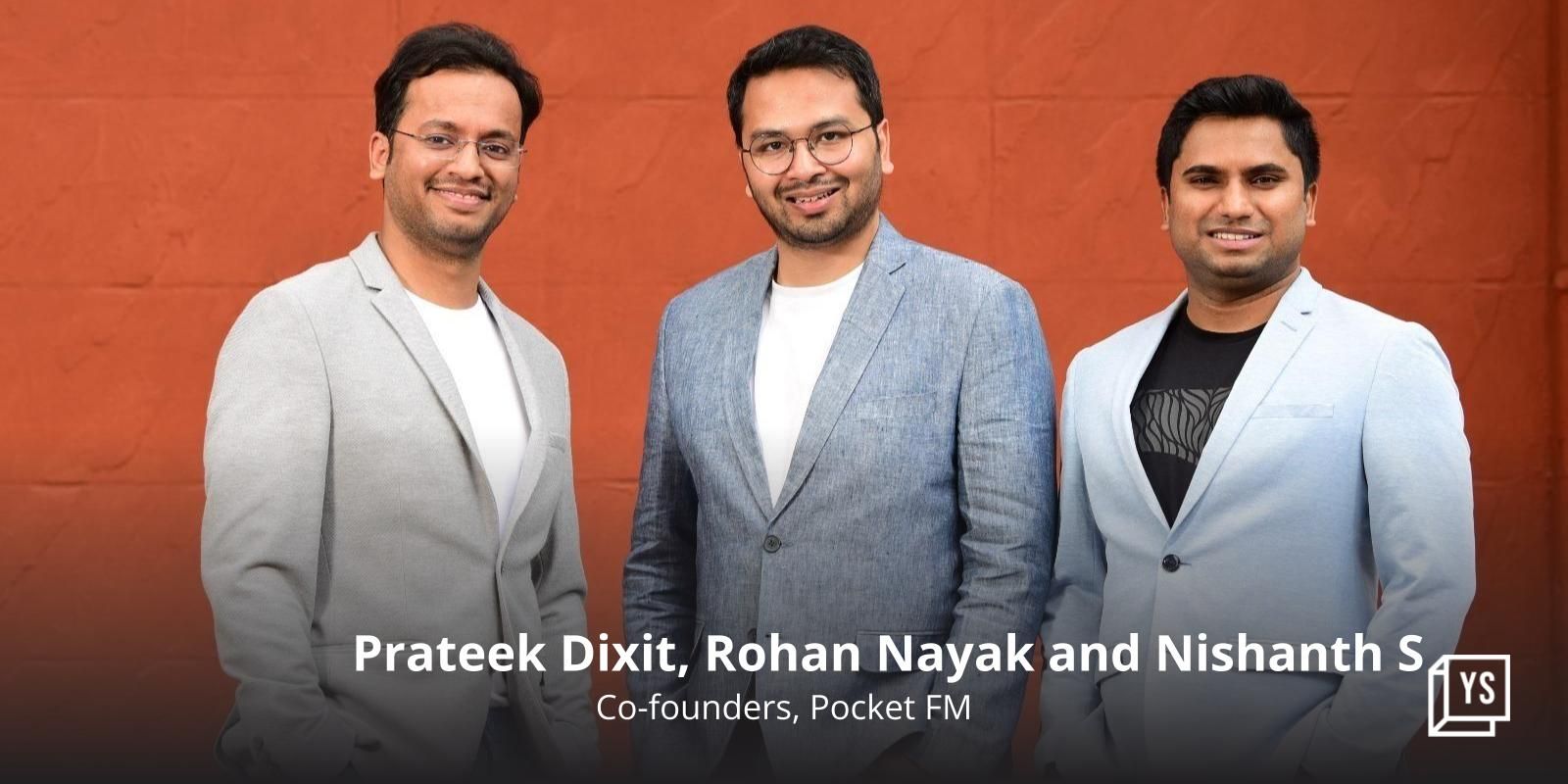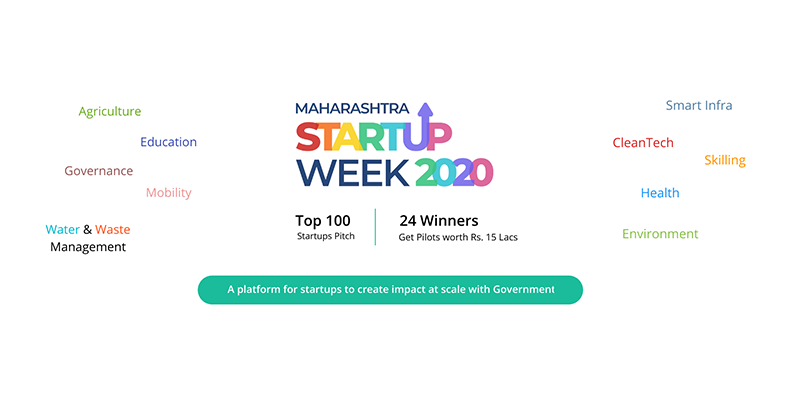Phani Eggone, FireFly Creative Studio, On What it Takes to Win the Indian National Award for Best Visual Effects
Monday September 05, 2011 , 11 min Read

We at YourStory.in recently caught up with Phani Eggone, Founder of FireFly Creative Studio, the go-to studio for high-end CGI(Computed Generated Imaging) in Telugu & Tamil films.Phani was also a finalist at the British Council’s Young Screen Entrepreneur Awards, 2011. To know more about the Young Screen Entrepreneur Awards, click here. To follow the YoungCreativeEntrepreneurAwards on Facebook, click here
What is FireFly Creative Studio all about?
Firefly's business is CGI(Computed Generated Imaging) for feature films. We design & execute ultra-complex, ultra-high resolution, photoreal creatures, digital sets and environmental effects - all holy grails of CGI, worldwide. We are recipients of the Indian National Award and the Andhra Pradesh State Award for Best Visual Effects for the Telugu feature film 'Anji'.
What is your background? Please run through the series of events that led to this venture. How did all the co-founders come together to start FireFly?
All three co-founders - Sanath, Nagesh & myself - were batch mates at National Institute of Design (NID). After graduating in 1995, we took up jobs, Nagesh as a multimedia designer at Delhi, Sanath as a visual effects artist in Chennai, and I as a user experience designer in Hyderabad. In 2000, Sanath was in Hyderabad for a shoot, so I along with another NIDan Vasu, met up with him. During this mini reunion, the three of us felt it would be cool to startup on our own, as we were feeling straitjacketed in our jobs. So, we spontaneously quit the jobs and started a 2D animation studio 'Alkemysts'. After an year or so, Nagesh, who was on a nomadic sabbatical (he too was feeling straitjacketed!) came visiting, and inspired by what he saw, quit his job and joined us.

Alkemysts went bust in under two years, in 2002. We had spent 2 years creating our own content, but there were no takers. Animation was too nascent in India and we were too drastically ahead of times. Our alternative revenue streams were too insignificant to feed a team of 25. We were all broke, and, in debt. Severe fissures developed in the team and we were thinking of going back to our jobs.But during one inspired night, five of us - Sanath, Nagesh, Rahul, Archana & myself decided to give ourselves one more shot - just for another 6 months. It was a simple idea: each of us needed at least Rs 13,000 per month to survive. So, do whatever, collectively earn Rs 65,000 per month. If we could do that for 6 months, we continue, otherwise quit. Having agreed to this 'business plan', we borrowed Rs 30,000 from a friend of ours - Sridhar - to rent a place. Another believer, Sunil donated Rs 10,000. After a month, just one of us had clocked Rs 90,000! We were elated. Firefly was born healthy! We have not looked back since, although Archana and Rahul are no longer with the team. The name "Firefly" itself was chosen out of this experience - that we will glow because we inherently can, and not because someone shines the spotlight on us.
Some very interesting projects are listed on your website. Tell us more!
During the first 2-3 years, we did a wide variety of work - brief CGI shots in films, flash animation, interaction design, graphic design, communication strategy, writing, motion graphics, digital cinematography, non-linear editing, all from referral sources. Our clients ranged from Telugu filmmakers to e-publishing houses and software companies. All through, we intuitively got one thing right - we produced quality that made all our clients more than happy.
In 2004, we got our first big break in feature films - 'Anji'. A year or so after this project, we discontinued all other work and started focusing solely on feature films. Creating content for feature films is the big daddy of all CGI challenges: it demands enormous attention to detail, its technical formats are esoteric, resolutions are very high, data is humongous and to top it all, stale content is not welcome - people's expectations from feature films are very high. We loved the idea that we can translate into reality on screen, what is physically & practically impossible and entertain people.
All this turned us on. We always went out of our way to exceed the film-maker's expectations. This madness to exceed - even ourselves - worked for us. People jumped when they saw our work on screen, found out about us and came to us. A-listers love this attitude of ours.
And that is how, despite being publicity-shy, despite our austerity and despite playing straight - all qualities that run diametrically opposite to showbiz - Firefly, tucked away in one quiet corner of Jubilee Hills, Hyderabad, is the go-to studio for the most complex visual effects projects in the country.

That is an amazing story! How big is your team now?
We have been operational since 2002, in Hyderabad. We are a stable team of 35. Whenever delivery pressures build up, we scale up to 75-80. Our attrition is probably the lowest in the country and we are one of the most sought-after studios for freelancers.
What was your first breakthrough project? And, how did this happen?
Our first big break was the Telugu feature film 'Anji' (2004). This much-hyped project starring Chiranjeevi contained about 75 minutes of ultra-complex CGI, inconceivable for that time. Unfortunately, it had run into trouble with an overseas visual effects studio and had been in limbo for nearly 6 years. The Producer - Shyam Prasad Reddy - had been giving us bits & pieces of preparatory work to be delivered to the overseas studio. After testing us for nearly a year, he proposed that he was considering terminating the contract with the overseas studio and redoing all the visual effects from the scratch with Firefly, provided we deliver all the work in 6 months.
We undertook it with as much trepidation as excitement. We had never handled such a huge project before in all our lives. 75 minutes in 6 months was preposterous even for an established studio. But here we were - a team of 6! We had to build the technical infrastructure, hire another 35-40 people (who were they? where were they?), outsource to other studios, re-design much of the creative and get it all right the first time every time. We hired every available room in the vicinity, conducted hundreds of interviews, recruited from all over India, trained, designed & executed simultaneously, travelled to other cities supervising the work of other studios, compared weekly sleeping quotas (people who exceeded 7hrs/week were much derided & envied). We delivered with a dramatic delay of one day. The film released and before we could wake up from sleep, flopped. The visual effects were much talked about, but everyone assumed that they were done overseas. No one, including media & the fellow filmmakers, bothered with the opening titles, which had duly credited us. In about a fortnight's time, denied success and recognition, we slipped into a collective depression.
We did not work for another 6 months or so, after which we were back to a team of 6, back to square one. The magic team had dispersed, immensely proud of the experience & immensely saddened by the outcome. Over the next year or so, we immersed ourselves in daily details and forced ourselves out of 'Anji'.
And then, lightning struck. After over a year, in 2005, we got news that we had won the National Award for Visual Effects for 'Anji'! This piece of news was a game-changer for us - not in terms of business, but in terms of self-belief. Yes, we could pull off impossible-sounding challenges and be the best in the country while at it. Also, we believe this gave the Telugu film industry the confidence to dream up ambitious CGI ideas, all of which could be done right here in Hyderabad. Since then, year after year, the industry's consumption of CGI has multiplied manifold, resulting in Hyderabad becoming India's most vibrant CGI ecosystem. More satisfyingly, despite the industry's CGI ideas being the most technically complex in all of Indian cinema, no one here really thinks of hiring overseas talent. Not even Walt Disney, who produced their first Indian fantasy film 'Anaganaga O Dheerudu' in Telugu. They simply talk to Firefly! (smailes)
So, what next at FireFly?
At this point of time, we are in process of sharpening our goals and rejigging all our internal processes. We have two fundamental ideas: 1) to make our own animated/hybrid films 2) to take our visual effects services global. Since we are entirely self-funded, we do not have the immediate wherewithal for either. We are exploring how to go about this. If this is allowed on your platform - may I request investors to take a look at us, especially for funding indigenous content.
What are the industry specific challenges that you face?
The most critical challenge is availability of top-notch talent. India does not train enough of its children in visual arts. Hence, a majority of the people employed in the animation/visual effects industry are those that took up some sort of a short-term course after Intermediate. Sadly, most of them took this course not because of flair/interest, but because they did not get through anything else. To them, this appeared like 'something to do with computers'. So, there ought to be some job at the end of it, no? Most of them turn out to be unemployable except in low-quality, instruction-based sweatshops. The better of the lot opt for high-profile sweatshops where they get paid well and develop a false sense of competence through association. The entire system is developing a follow-instructions kind of a psychology. This is leading to a situation where a whole lot of manpower with 4-5 years' experience is found creatively, technically & intellectually mediocre, armed with only the know-how to execute instructions efficiently. How then can these people lead creatively? How then can the country produce top-notch indigenous content?
Finally, share with us your experience at YCE.
Firstly, I think that the entire idea is very kind. Garageentrepreneurs have so much fire-fighting to do every day, especially in India, that every smile, every nod, every word of encouragement gives us a great sense of validity. For the British Council to take note of that in itself is commendable. The entire process reflects their humane stance. For instance, the application was so friendly - there was no sense of suspicion or 'prove that you are not lying' kind of a ring to it. A welcome change from dealing with application forms of our banks and tax offices! The process leading up to the ceremony, right from how the instructions & guidance notes were published on the website, to how we were received at the Awards venue, it was all so lucid, easy-going and transparent - the bottom-line of cultural relations! It was also way cool that other event co-ordinators - whom I had never met - all recognized the finalists and guided them appropriately.
I also felt great energy chatting with the other finalists while waiting for my turn at the interview. I think Vanadana Natu, Spandan Banerjee, Nupur Bhargava and Pranav Ashar are all super-talented and supremely committed to their work. Just listening to them without having to cook up a cut-throat response (a.k.a "competing") felt warm and light.
The ceremony itself was in continuity with my experience till then - lucid, innovative & transparent. Everyone was in the mood to clap & cheer. But I felt a bit goofy when the Emcee suddenly announced a special commendation for me after the winner's announcement. I didn't know whether to keep sitting or stand up or wave or go up to the stage. My neighbors - old friends of mine - sort of forced me to do a half-squat, but thankfully, the emcee timed her next item to perfection and I gladly sat back in.
One of the judges caught me in two minds whether to attend the after party or not, and gently coaxed me in. She was so optimistic and encouraging about the prospects for our work. The party itself was a huge headrush. I was astounded by the sheer number of people who walked up to me and expressed their genuine appreciation for Firefly's work. None of them sounded drunk! Overall, fantastic experience. Would have loved to be at the London Film Festival, courtesy British Council, but equally genuinely, I cheer everyone who dreamt this up, organized it and attended it.
Do check out FireFlyCreativeStudio’swebsite for more details! Share with us your thoughts on this story by writing to us at [email protected]









![[Matrix Moments] Asish Mohapatra’s journey from being an investor to building a fintech startup at scale](https://images.yourstory.com/cs/2/a9efa9c02dd911e9adc52d913c55075e/Imageakb5-1594439822674.jpg)
![[Funding alert] Bira 91 raises $30M led by Sequoia India and Sofina to fuel its growth](https://images.yourstory.com/cs/2/b87effd06a6611e9ad333f8a4777438f/Bira91-1587820283737.jpg)